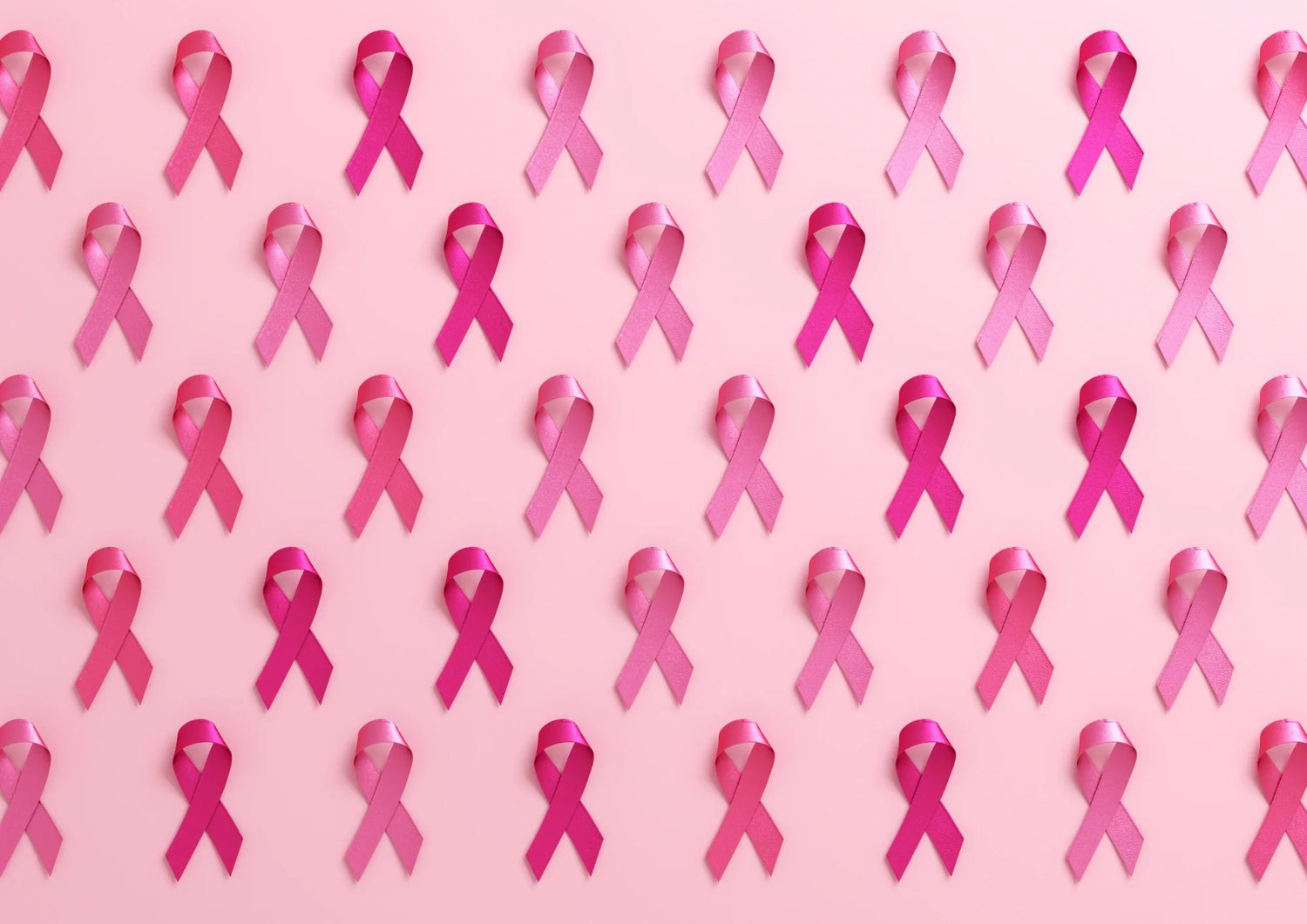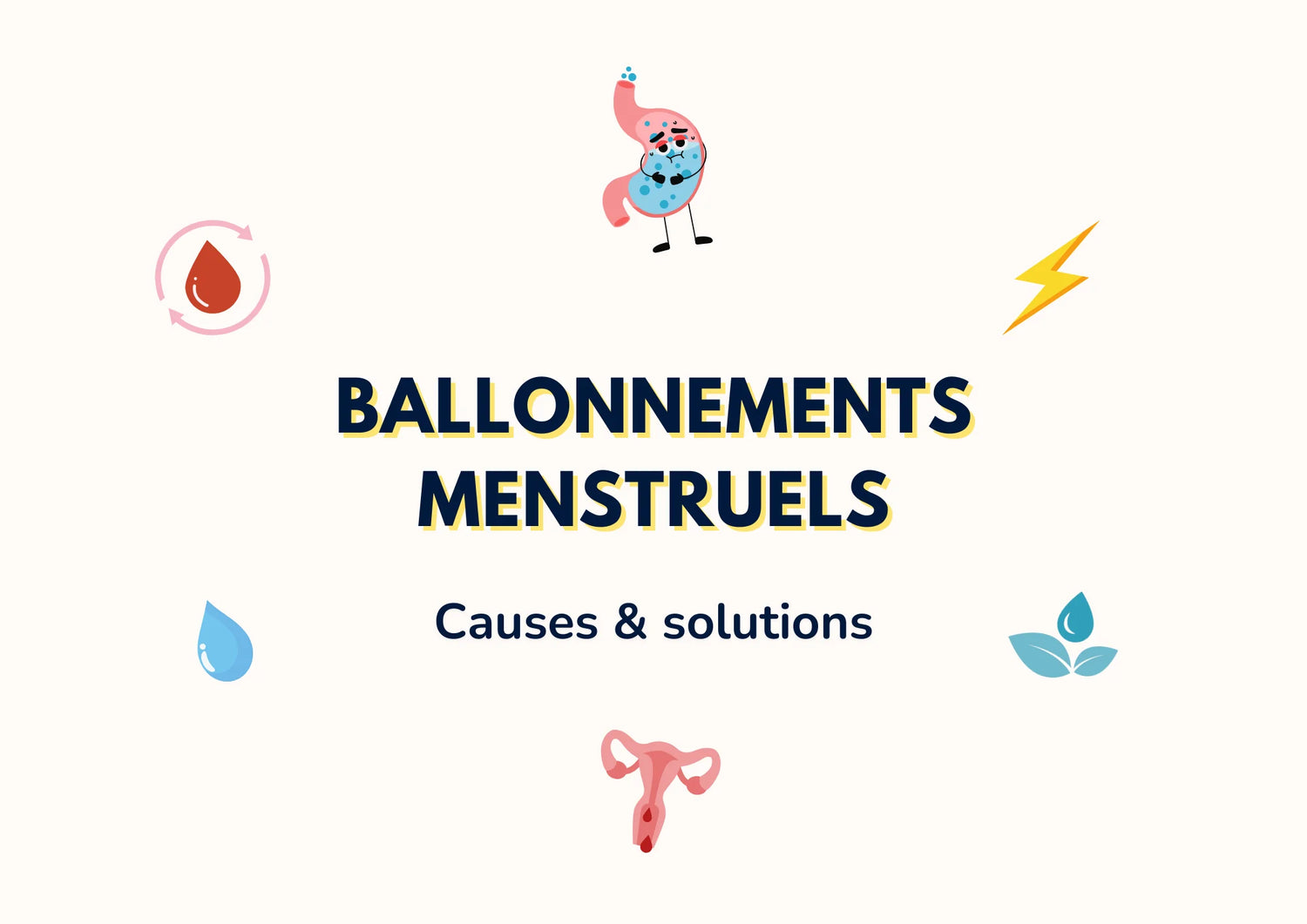Have yor ever felt any menstrual cramps so intense that they prevent you from living normally? Or maybe you know a friend who suffers from them? 🤔
Endomandriosis is a disease who touches near one in ten women, but it is still too little known. So today, let's talk about it together!
Summary
What is endometriosis?
The endometriosis is a gynecological disease where from fabric similar to the uterine lining develops in outside the uterus.

This fabric can then attach to the ovaries, the fallopian tubes, the peritoneum, and sometimes even on others organs of the peritoneal cavity, such as the bladder or intestines.
It is estimated that approximately 10% of women of childbearing age are affected by endometriosis. Yet, many of them still unaware that they are suffering from it. You are not alone in this situation, and talking about it is already a big step. 💛
Understanding Endometriosis
For many years, Endometriosis was little known to the public. However, for several years now, researchers and doctors have been increasingly focusing on this disease, its different shapes and its origin to have a better understanding of endometriosis.
The different forms of endometriosis
Endometriosis can take different shapes, which explains why symptoms vary so much from one woman to another. Let's look together the main types of endometriosis and their impacts on the body. 🌸
Superficial endometriosis
Superficial endometriosis is the shape there more common and there less invasive.

👉 What are the symptoms of superficial endometriosis?
Even if it is called "superficial", this form of endometriosis can be very painful.
The pain are generally localized in the lower abdomen, especially during menstruation. Some women also experience digestive or urinary discomfort, depending on the proximity of the lesions to other organs.
She is more difficult to detect on ultrasound or MRI, because the lesions are very thin.
The laparoscopy, a procedure that allows examination of the abdomen or pelvis using a laparoscope (a thin, tube-like instrument) is sometimes necessary to confirm the diagnosis.
Ovarian endometrioma (or endometriotic cyst)
The ovarian endometrioma is a particular form of endometriosis that affects the ovaries. It is about cysts filled with old blood, ce qui leur donne une couleur brun foncé (c'est pourquoi on le surnomme "kyste chocolat").
👉 What are the symptoms of an ovarian endometrioma?
Des chronic pelvic pain, able to irradiate all the way to the back, of menstrual cramps, more intense than usual or even some fertility issues, because cysts can alter the quality of oocytes.
Even if these cysts are not cancerous, they can grow over time and cause complications such as a ovarian torsion or a cyst rupture. Celai is extremely painful and may require emergency surgical intervention.
Unlike superficial endometriosis, The ovarian endometrioma is easier to detect at ultrasound or MRI.
Deep (or infiltrating) endometriosis
Deep endometriosis is the shape the most severe.
The lesions do not just attach to the surface of the organs, they penetrate deeply into the fabrics, sometimes on more than 5 mm.
👉 What are the symptoms of deep endometriosis?
The most common are some very intense pain during menstruation. You may also feel some pain during sexual intercourse even outside the rules.
Other symptoms, such as digestive issues (bloating, constipation, diarrhea) or urinary pain, may be present if the bladder or intestines are affected. Some radiating pain can also be felt up to the legs.
This form of endometriosis is generally clearly visible on the MRI, and its diagnosis is often confirmed by laparoscopy.
Every woman lives endometriosis Differently, some suffer greatly from superficial endometriosis, while others may have deep endometriosis without experiencing major symptoms! It is not the size of the lesions that determines the intensity of the pain, but rather their location and their impact on the organs.
If endometriosis can be express in different ways and with variable intensity, one question remains: why do some women suffer from it and others do not? The exact causes remain unclear, but several scientific leads help explain its onset. Understanding its origin is essential to better grasp the disease and consider appropriate solutions.
Where does endometriosis come from?
Why do some women develop endometriosis and others do not? 🤔
Science does not yet have all the answers, but several theories exist:
- Menstrual retrograde: in some women, a part of the menstrual blood would flow back into the abdomen instead of being expelled, leading to the attachment of endometrial cells to other organs.
- System failure of the immune system: normally, the body eliminates these dead cells. But in some women with endometriosis, the dead cells are not removed, which causes inflammation and pain.
- Genetic factors: if your mother or sister is affected by endometriosis, your risk of having it is higher. Endometriosis could be partly hereditary.
Some physical conditions increase the risk of endometriosis:
- Having one's early rules (before 11 years old)
- Having some short cycles (less than 27 days) exposes to more menstrual cycles, which could promote the disease.
- Or on the contrary to have long and heavy periods is a factor, often linked to an excess of estrogen.
Do you recognize yourself? No worries! These factors do not mean that you have endometriosis, but if you experience abnormal pain or symptoms related to endometriosis, it is better to consult a doctor. 😊
What are the common symptoms of endometriosis?
The endometriosis is sometimes called "the disease with a thousand faces" because its symptoms vary from one woman to another.
The most common symptoms of endometriosis :
- Dysmenorrhea: extremely painful periods that do not go away with a simple painkiller.
- Dyspareunia: pain during sexual intercourse.
- Chronic pelvic pain: pinching or burning sensation in the lower abdomen.
- Digestive issues: constipation, diarrhea, bloating.
- Chronic fatigue: a constant exhaustion, even after a good night's sleep.
- Infertility: some women have difficulty conceiving.
If these symptoms resonate with you, don't wait to see a doctor! The earlier the diagnosis is made, the better you can manage the illness. ✅
Fortunately, solutions exist to better living with endometriosis ! You are not alone, and there are adapted treatments for each situation. 😊
Diagnosis of endometriosis
Why does it often take years before a woman is diagnosed? 🤔 Unfortunately, Endometriosis is still too little known and its symptoms can be confused with other disorders.
As we have seen, there are several methods for diagnosing endometriosis:
- Clinical examination: palpation and discussion with a doctor.
- Medical imaging: ultrasound or MRI to detect any possible lesions.
- Laparoscopy: surgical intervention to directly examine the tissues and make a definitive diagnosis.

However, today, the women face difficulties before receiving a clear and confirmed diagnosis. On average, it takes 7 years to get a diagnosis! ⌛️
This is explained by a lack of awareness, symptoms similar to other diseases and especially a underestimation of female pain.
But since 2020, the medical school curricula include endometriosis, to help future doctors identify endometriosis more easily.
👉 You are not crazy, your pain is real. Don't give up and keep insisting with your doctor until you find the cause of your pain.
What treatments are available for endometriosis?
Endometriosis cannot be completely cured, but several solutions exist to relieve symptoms and improve the quality of life.
First of all, the medication treatments are often the first option.
The hormones (contraceptives, progestins, GnRH injections) allow to reduce pain en inhibiting the growth of endometrial tissue.
Les anti-inflammatory, for their part, help to calm the pain, especially during menstruation!
When medications are not enough, the surgery can be considered.
La conservative surgery consists of remove lesions while preserving the uterus and ovaries. In more severe cases, a hysterectomy (hysterectomy) can be offered, although it remains a last resort solution. 😊
Finally, complementary approaches can help to better manage endometriosis pain on a daily basis. Some women find relief through osteopathy, acupuncture ou the yoga. Also, the physiotherapy, relaxation et an anti-inflammatory diet can have a positive impact!
But be careful, these are the solutions that currently exist, but not necessarily the ones that suit you! Every woman is different, and the choice of treatment for endometriosis must always be discussed with a doctor.
Living with endometriosis
As you can understand, Endometriosis is not limited to physical pain. It can impact all aspects of your life, from work to social relationships. The chronic fatigue and the pain can make the difficult daily life, affecting concentration and productivity at work. And in the personal sphere, the lack of understanding from those around can sometimes lead to a feeling of isolation. 😖
Fortunately, some existing solutions to better manage the disease.
Un psychological support, through therapy or support groups, allows you to connect with other women who are going through the same experience and to better accept the illness.
On the wellness side, a anti-inflammatory diet, a adapted physical activity and moments of relaxation can help to relieve symptoms and improve the quality of life!
Each woman finds her own strategies to better living with endometriosis. So why not you, you are not alone in experiencing this. 💛
The endometriosis is therefore a complex disease which affects many women around the world. Yet, it still remains too often unknown and underestimated. The pains, the difficulties of diagnosis and the impact on daily life make this battle exhausting, but it is important to remember that you are not alone! Some millions of women share this reality and, together, we can change mindsets and improve support. 😊
Today, speech is being freed, the advanced search and awareness is growing. The more we talk about it, the more things change. By informing yourself, sharing your experience, or simply daring to consult a specialist, you are taking part in this fight. 💙





 https://mysorio.com
https://mysorio.com


